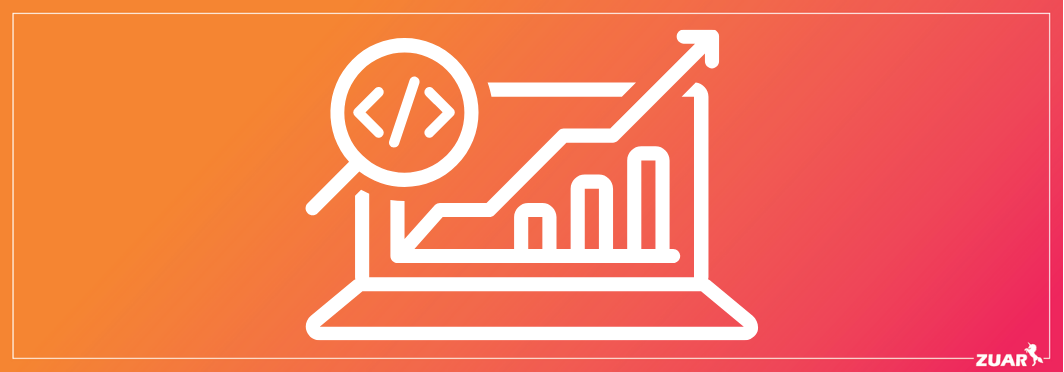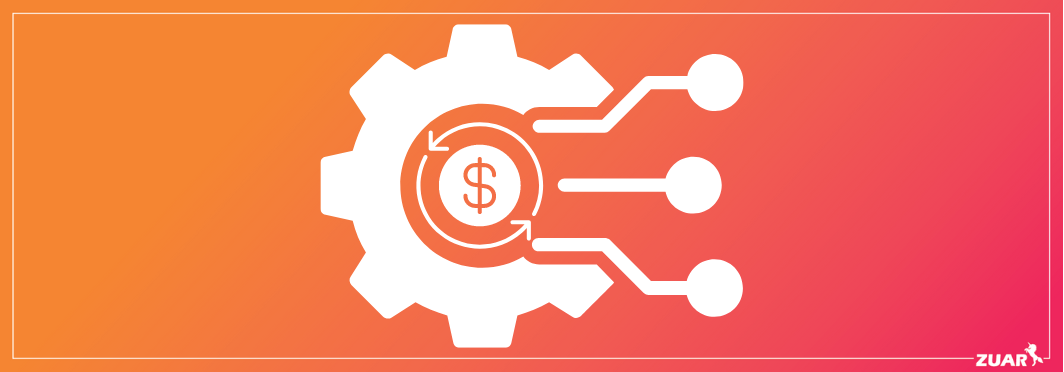Measuring Brand Loyalty: The Ultimate Guide
Learn how measuring brand loyalty can transform your business. It's not just about repeat purchases; it's about understanding why customers choose your brand over others, time and time again.
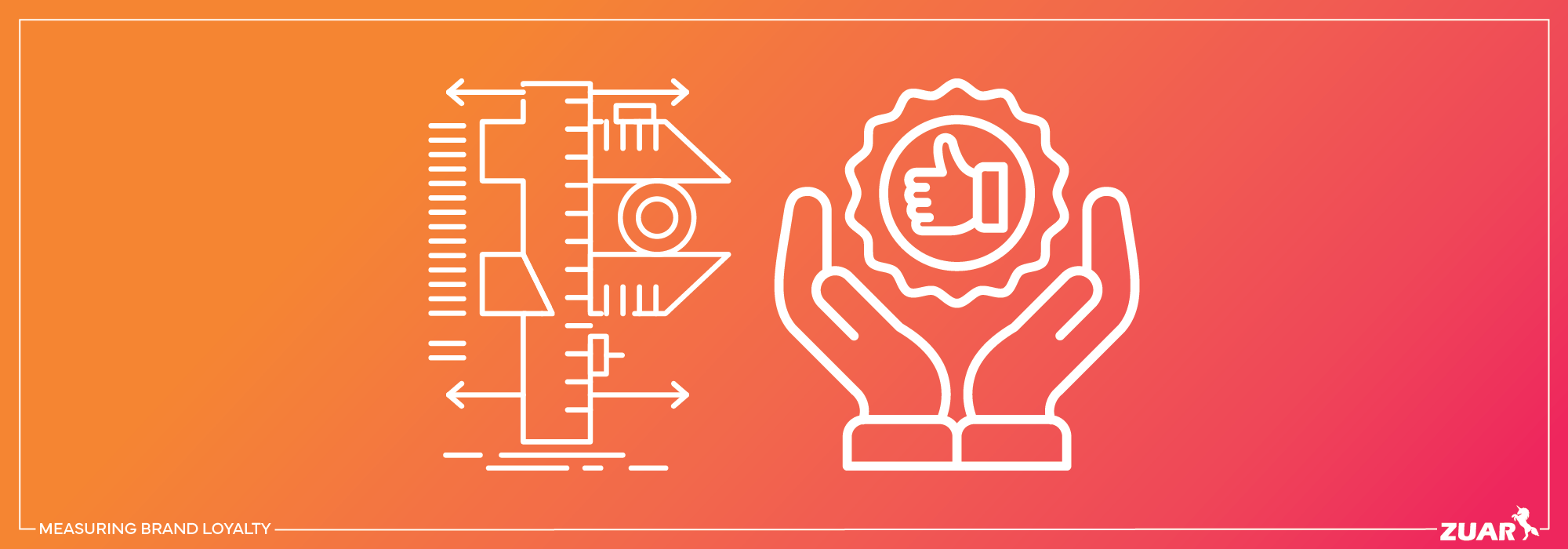
Measuring brand loyalty is essential, but knowing where to start can be daunting. This guide cuts through the noise, focusing on the vital metrics and techniques needed to gauge the strength of your customer experience.
From customer retention rates to net promoter scores, you will learn not just what to measure, but also how these figures shape your strategy for a more loyal customer base.

The Significance of Measuring Brand Loyalty
Brand loyalty transcends being a mere buzzword; it is a significant component for business expansion and profitability. Why is brand loyalty important? The answer lies in the power of loyal customers.
Brand loyalty brings numerous benefits. According to Zippia, a mere 5% increase in customer retention rates can lead to a profit increase of 25-95%. This is because repeat customers are more likely to make additional purchases and spend more with your brand.
Benefits of Loyal Customers
Consider brand-loyal customers as the linchpin of your business. Not only do they provide steady revenue streams, but they also act as brand ambassadors, spreading positive word-of-mouth about your brand to their friends and family.
In fact, 61% of small to medium-sized businesses reported that over half of their revenue comes from repeat customers, according to a report by Manta and BIA/Kelsey.
Further, companies that closely analyze their customer experience analytics to continually improve their products and services are more effective at maintaining brand loyalty.
This, in turn, ensures consistent revenue and gives the business a competitive edge. So, how can you ensure a steady stream of loyal customers? The answer lies in delivering exceptional customer experiences and continuously improving your products and services.
Challenges in Building Brand Loyalty
Fostering brand loyalty comes with its fair share of challenges. In the current saturated markets, consumers are spoilt for choice.
This intense competition can make it challenging for brands to stand out and maintain customer loyalty. However, this competition can also be a catalyst for brands to step up and prove their value.
Another challenge in building brand loyalty is the ever-changing consumer preferences. With the rapid evolution of trends and technology, what customers find appealing today may be obsolete tomorrow.
Despite these challenges, there’s a silver lining. By staying innovative and aligning your loyalty programs with current consumer demands, you can overcome these challenges and thrive in a dynamic market.
Related Article:
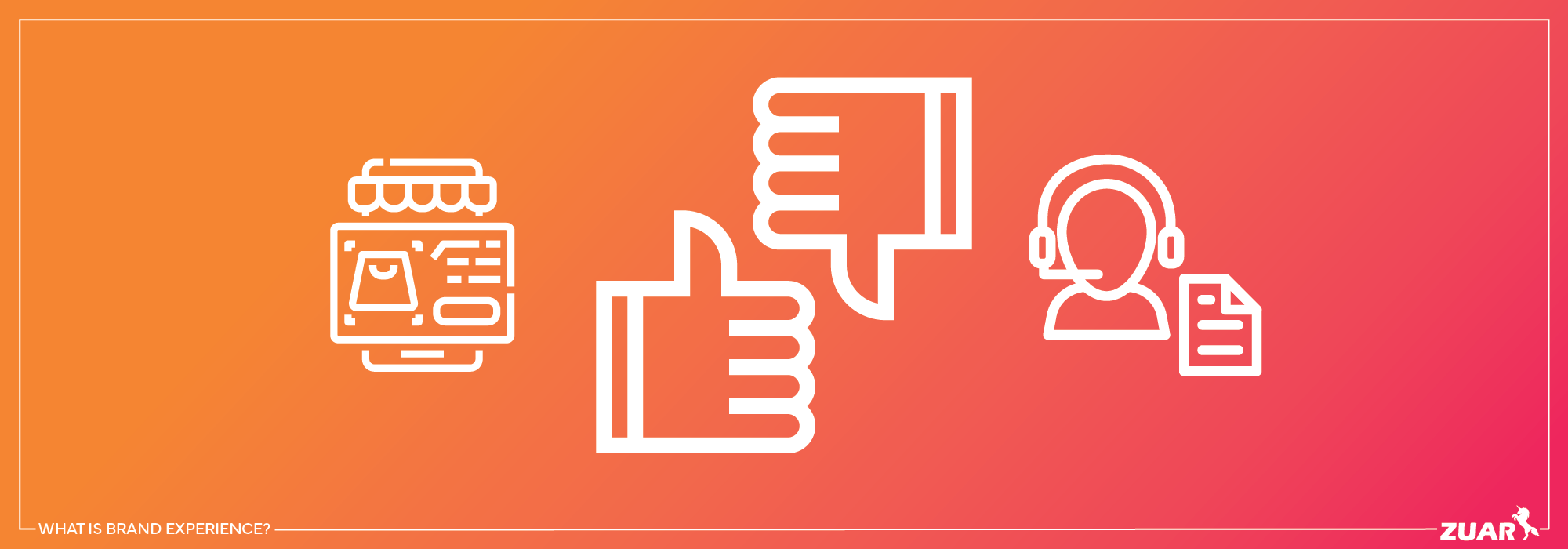

Key Metrics for Evaluating Brand Loyalty
To build and maintain strong brand loyalty, you need to measure customer loyalty. Just as you wouldn’t start a weight loss journey without a scale, you shouldn’t attempt to foster brand loyalty without the necessary measurement tools.
There are key metrics that can help you evaluate your progress and effectiveness in building brand loyalty. Such tools include metrics like customer retention rate (CRR), customer lifetime value (CLV), and net promoter score (NPS).
Together, these metrics provide a comprehensive picture of how to measure brand loyalty.
Customer Retention Rate
In the pursuit of brand loyalty, the first metric to consider is Customer Retention Rate (CRR). It’s a simple yet powerful metric that shows the percentage of customers your brand retains over a specific period.
Below is the formula to calculate retention rate:

The beauty of CRR is that it offers a clear snapshot of how well you’re retaining customers. A high CRR indicates that you’re delivering value to your customers, which makes them stick around.
However, it’s worth noting that CRR is just the tip of the iceberg. There’s more to customer loyalty than just retention. That’s where the next metric, CLV, comes in.
Customer Lifetime Value
While CRR provides a brief view of your customers’ loyalty, Customer Lifetime Value (CLV) gives a more comprehensive viewpoint. It calculates the total expected revenue from a single customer over the lifetime of their relationship with your brand.
In essence, it gives you a monetary value of your customers’ loyalty. A high CLV not only indicates exceptional customer loyalty but also shows the long-term financial contribution of a customer to your business.
The formula for calculating Customer Lifetime Value can vary depending on the business model and assumptions used, but a common formula is:

Here's what the components mean:
- Average Purchase Value: The average amount of money a customer spends per transaction.
- Purchase Frequency: The average number of transactions a customer makes in a given time period.
- Customer Lifespan: The average number of years a customer continues to purchase from the company.
- Churn Rate: The percentage of customers who stop purchasing from the company.
It's important to note that this formula is a simplified representation, and businesses may incorporate more factors or use different variations based on their specific circumstances.
Adjustments may be made to account for discount rates, costs of goods sold, and other relevant metrics. Additionally, businesses may choose to use more advanced models and analytics to calculate CLV.
The CLV to Customer Acquisition Cost (CAC) ratio is another crucial metric to consider. A ratio of at least 3:1 is considered healthy, indicating that it’s more profitable to retain existing customers than to acquire new ones.
By focusing on increasing CLV, you can optimize your marketing efforts and foster long-term customer relationships.
Net Promoter Score
Last but certainly not least, is the Net Promoter Score (NPS). NPS measures how likely your customers are to recommend your brand to others, offering valuable insights into customer satisfaction and loyalty.
It’s so powerful that it’s often referred to as the ‘Ultimate Question’ as it captures a wealth of information in a few seconds.
To calculate NPS, you subtract the percentage of detractors from the percentage of promoters, yielding a score ranging from -100 to 100.

A high NPS is an indication of strong brand loyalty and customer satisfaction. It’s no wonder that two-thirds of Fortune 1000 companies use NPS as a key measure of their brand health.

Tools for Measuring Brand Loyalty
To measure and improve brand loyalty, businesses can leverage a variety of software tools across different aspects of customer engagement.
By selecting the appropriate tools, businesses can obtain a more comprehensive understanding of their customers which, in turn, enhances their data-driven decision-making.
Customer Relationship Management (CRM) Tools
Customer Relationship Management (CRM) tools like Salesforce, HubSpot, or Zoho CRM can be employed to centralize customer data, track interactions, and manage relationships effectively.
These tools provide insights into customer behavior and preferences, aiding in the development of personalized strategies to enhance brand loyalty.
Surveys and Feedback Tools
Surveys and feedback tools such as SurveyMonkey, Typeform, or Qualtrics enable businesses to collect direct input from customers.
This feedback is valuable for gauging satisfaction levels, identifying pain points, and understanding customer expectations, all of which are critical for making informed decisions to strengthen brand loyalty.

Web Analytics Tools
Analytics tools such as Google Analytics are crucial for tracking online customer behavior, analyzing website traffic, and measuring the effectiveness of marketing campaigns.
By understanding how customers interact with digital channels, businesses can refine their strategies to enhance the overall customer experience and, consequently, build brand loyalty.
Social Media Monitoring Tools
Solutions such as Hootsuite, Brandwatch, or Sprout Social are social media monitoring tools that are instrumental in tracking brand mentions and sentiment across various social platforms.
Monitoring and engaging with customers on social media not only helps in managing brand reputation but also provides opportunities to address concerns promptly and build a positive brand image.
Business Intelligence Solutions
We've laid out a number of different tools that can be used to gather data on customers. But how do you unify this data to gain a comprehensive of your customer base?
That's where solutions like the Zuar come into play. With Zuar's solutions, data can be collected from all of the above platforms and integrated into a data warehouse or lake, creating a single source of truth.

By utilizing Zuar Portal, businesses can consolidate all their BI reporting into a single, easy-to-use data portal. This can be used to create unique analytics hubs that can be used by executives, employees, vendors, customers, and more.
With all the data visualizations and insights in one place, organizations can gain a holistic understanding of their customer's behavior. Armed with this knowledge, businesses are enabled to create effective strategies for maximizing brand loyalty and can monitor the success of those efforts.
Learn more about Zuar Portal by starting a free trial:

Strategies for Enhancing Brand Loyalty
Having discussed the significance of brand loyalty and the essential metrics to measure it, we will now move on to how you can boost it.
There are several strategies that you can use to build strong brand loyalty. These include delivering exceptional customer service, establishing trust and transparency, and creating a memorable customer experience.
Delivering Exceptional Customer Service
Exceptional customer service is a crucial component in the formula for brand loyalty. It’s not just about solving customer problems; it’s about making customers feel valued and appreciated.
When customers feel that a brand genuinely cares for their needs and concerns, they’re more likely to remain loyal to the brand.
Successful companies understand the importance of customer service in building brand loyalty. For instance, Zappos, known for its “wow” customer service, has seen tremendous growth as a result of its focus on customer service.
This shows that delivering top-notch customer service can lead to increased brand loyalty and customer satisfaction.
Establishing Trust and Transparency
Trust and transparency are closely tied to brand loyalty. Customers are more likely to stay loyal to brands they trust. Building this trust requires being authentic, transparent, and consistent.
This creates a genuine image that resonates with customers, solidifying their loyalty even in the face of changing market conditions.
Companies like Patagonia, Warby Parker, and GitLab have been celebrated for their ability to build trust and transparency with their customers.
They’ve shown that being transparent and upholding shared values can cultivate strong relationships with customers and drive brand loyalty. Following their example, you too can build a brand that customers can trust and rely on.
Creating a Memorable Customer Experience
Creating a memorable customer experience is another powerful strategy for enhancing brand loyalty. When customers have a positive and memorable experience with your brand, they’re more likely to make repeat purchases and recommend your brand to others.
But how do you create a memorable customer experience? The key lies in going the extra mile. For instance, sending personalized messages to customers can make them feel recognized and appreciated.
Additionally, using creativity to stimulate their senses can turn a regular shopping experience into a memorable one, thus strengthening brand loyalty.

Utilizing Social Media and Online Reviews
In the current digital era, social media and online reviews are essential tools for fostering brand loyalty. They not only provide a platform for customers to interact with your brand but also offer valuable customer insights that can help you improve your products and services.
Encouraging User-Generated Content
User-generated content (UGC) is an impactful tool for cultivating brand loyalty. UGC refers to any form of content, such as text, videos, images, or reviews, created by people rather than brands or companies, and often shared on digital platforms.
When customers share their authentic experiences, it builds trust and credibility for your brand, driving brand loyalty.
Companies like Starbucks, BMW, and Adobe have effectively utilized UGC to drive engagement and foster brand loyalty.
They’ve shown that by putting the spotlight on the genuine use of products and services, brands can create a strong and lasting connection with their customers.
Monitoring and Responding to Reviews
Online reviews are a rich source of customer insights. They provide honest feedback about your products and services, helping you understand what’s working and what needs improvement.
By monitoring and responding to these reviews, you can address customer dissatisfaction, build trust, and enhance your products and services.
Responding to reviews shows that you value your customers’ feedback. It demonstrates your commitment to customer satisfaction and can lead to more positive interactions and improved customer ratings.
So, make it a habit to monitor and respond to online reviews. It’s a small effort that can lead to big rewards in terms of brand loyalty.
Learn more about Zuar's data solutions for marketing:
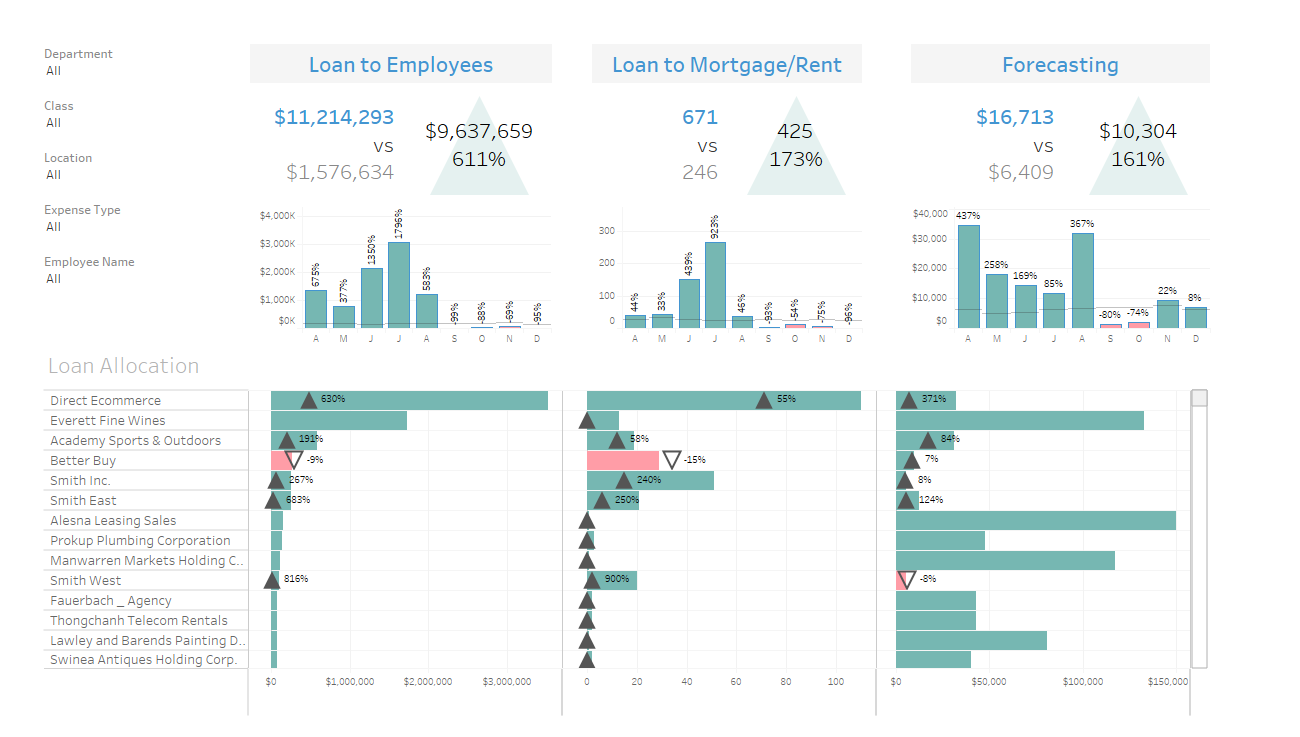

The Role of Rewards Programs and Incentives
Rewards programs and incentives play a significant role in boosting brand loyalty. They provide tangible benefits that motivate customers to make repeat purchases and stay loyal to your brand.
Designing Effective Loyalty Programs
Designing an effective loyalty program requires careful planning and implementation. It involves outlining key objectives, aligning with specific business goals, and personalizing the customer experience through relevant offers and rewards.
Successful brands like Kohl's, Amazon Prime, and Starbucks have implemented effective loyalty programs that have helped them build strong brand loyalty.
By studying their strategies and applying them to your brand, you can create a loyalty program that resonates with your customers and drives brand loyalty.
Balancing Incentives with Customer Satisfaction
While incentives can motivate customers to make repeat purchases, it’s essential to balance them with customer satisfaction.
Offering incentives without ensuring customer satisfaction can lead to a decrease in brand loyalty. Therefore, it’s crucial to provide personalized incentives and top-notch service that addresses issues and complaints swiftly.

Measuring Brand Loyalty Next Steps
As we've illustrated, brand loyalty is a powerful force that can drive business growth and profitability. By cultivating brand loyalty, businesses can enjoy numerous benefits, including increased profits, dependable revenue streams, and positive word-of-mouth.
When it comes to measuring and maximizing brand loyalty, data is key. Data-driven approaches enable companies to tailor their products, services, and marketing strategies to align more closely with customer expectations.
By understanding the customer journey and identifying touchpoints that influence loyalty, businesses can implement targeted initiatives, such as personalized loyalty programs and promotional offers, that resonate with their audience.
That's where Zuar can help. Zuar Labs, our team of data consultants, can work with you to understand the best tools and techniques for collecting and monitoring customer data that enable you to craft effective brand loyalty strategies.
Additionally, our solutions allow you to collect, transform, model, warehouse, report, monitor, and distribute all your customer data from hundreds of potential sources with Zuar Runner.
With all the data in one place, you can use Zuar Portal to create tailored dashboard portals that allow all your stakeholders to gain easy access to you most important insights.
Learn more about our services and solutions (and perhaps make a new friend!) by meeting with one of our data experts:
